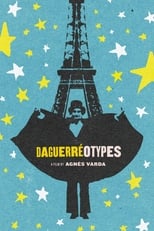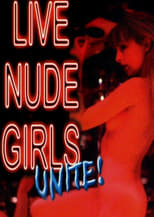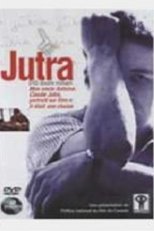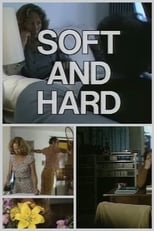

Justiça (2004)
In Justiça, Maria Ramos puts a camera where many Brazilians have never been - a criminal courtroom in Rio de Janeiro, following the daily routine of several characters. There are those that work there every day (public attorneys, judges, and prosecutors) and those that are merely passing through (the accused). The camera is used as an instrument that sees the social theatre, the structures of power - that is to say, what is, in general, invisible to us. The corridors of the Courts of Justice, the design and layout of the courtroom, the discourse, the codes, postures - all the little visual details and sounds become relevant.
Updated May 29 2020
Releases:
More Releases
Cast
If you liked this then you may like:

49116

49255

49477

49542

49650

49652

49954

50071

50100

50221

50420

98916

99006

99409

99858

99882

99950

99999

100532

163678

164203

165586

225980

227188

227217

228577

228957

229061

234937

319069

319074

319079

319173

320061

320436

320587

321493

321635

321670

321940

322142

322520

366932

368164

368247

368343

369203

369878

370271

370629



